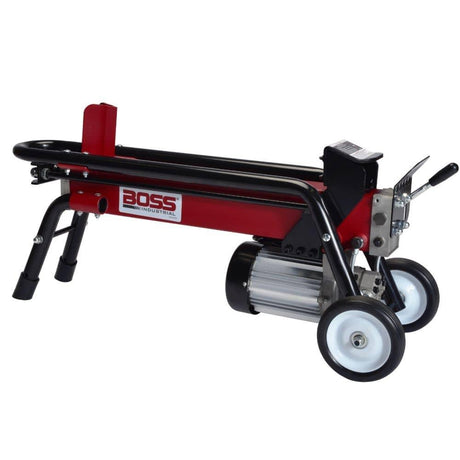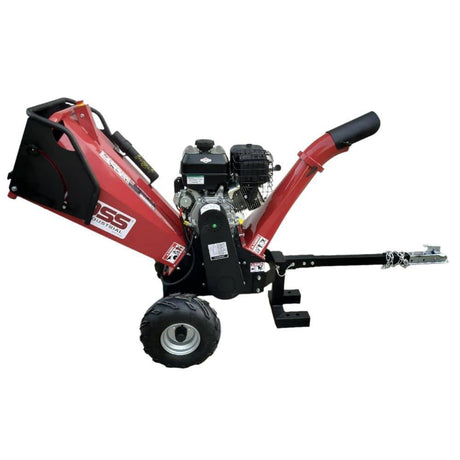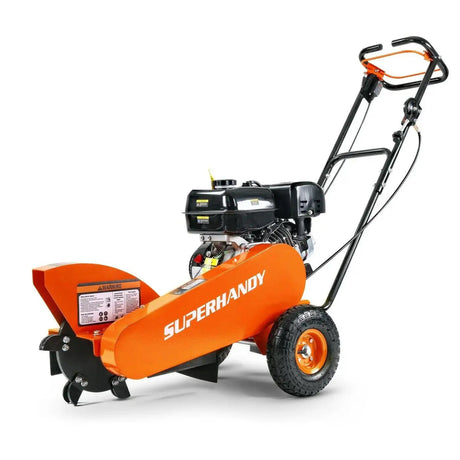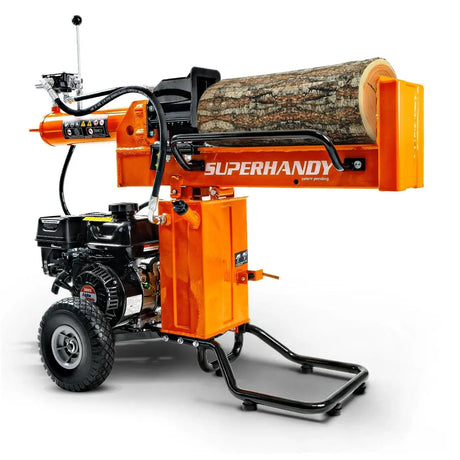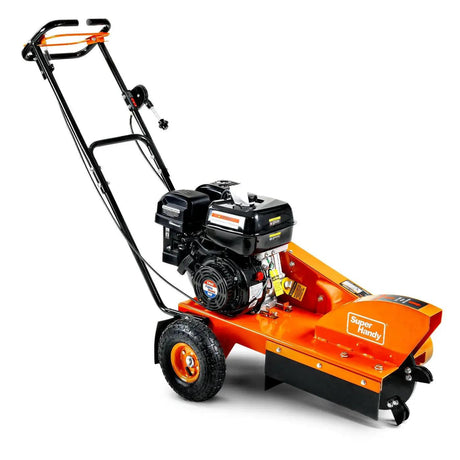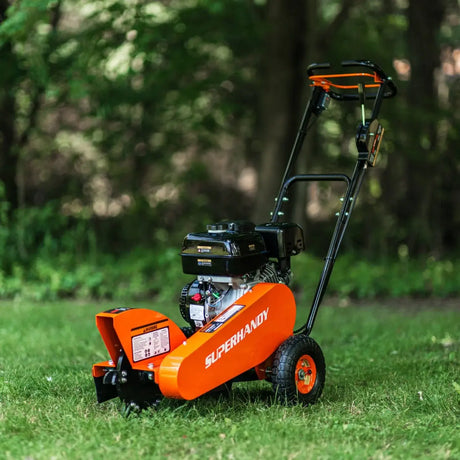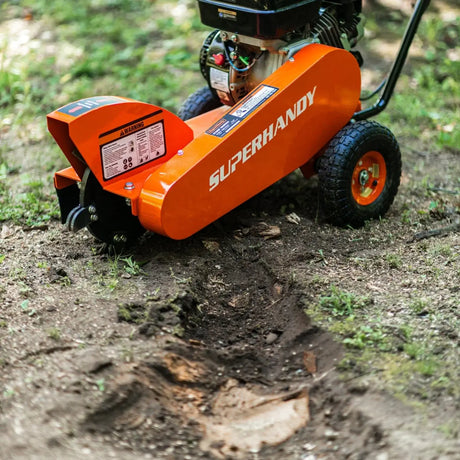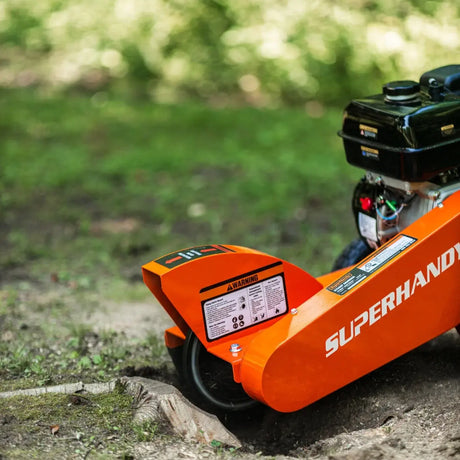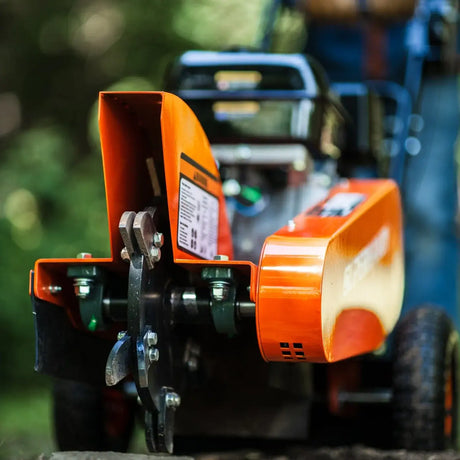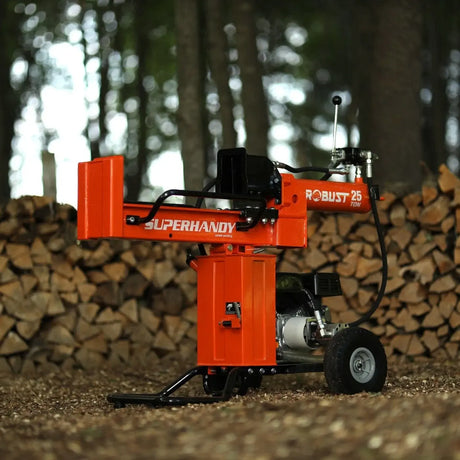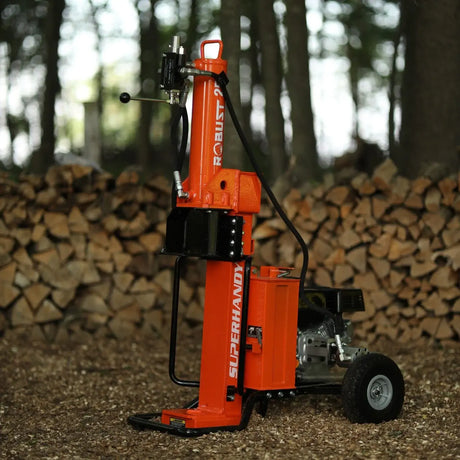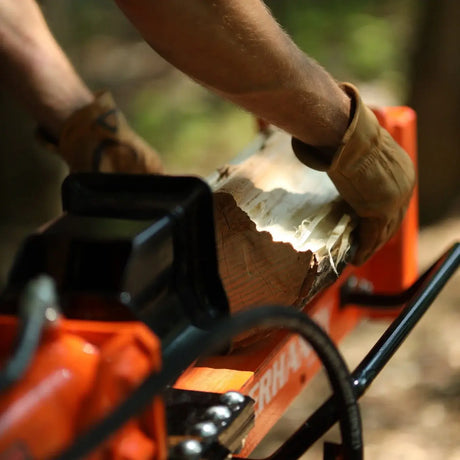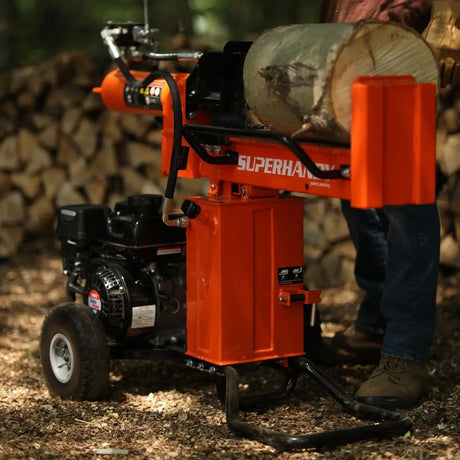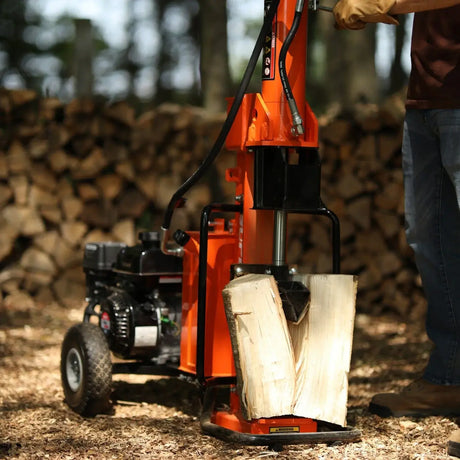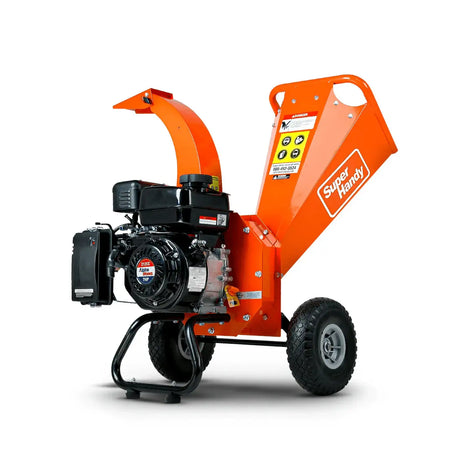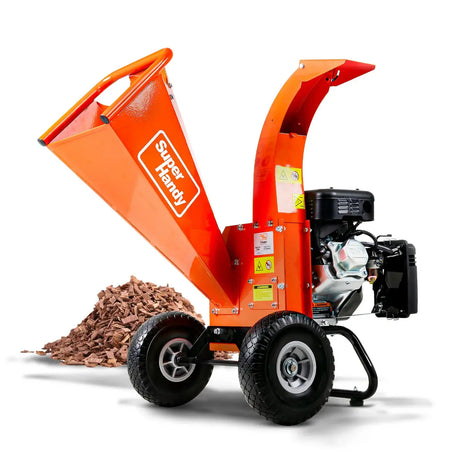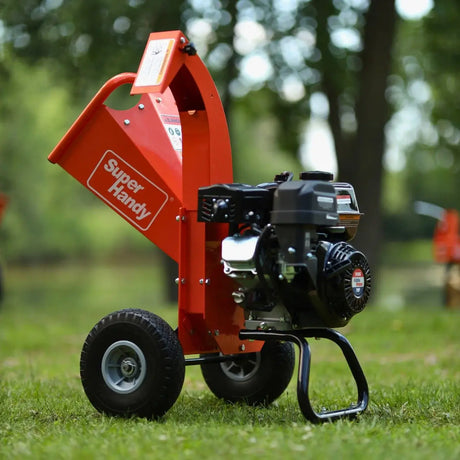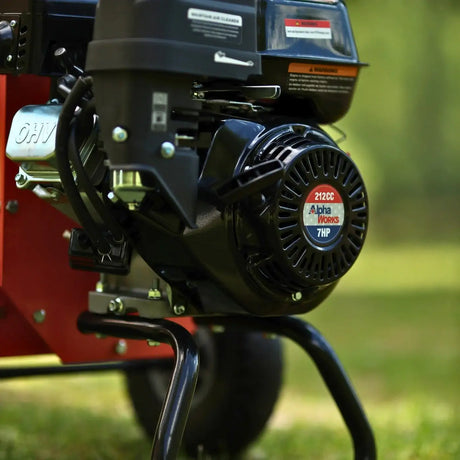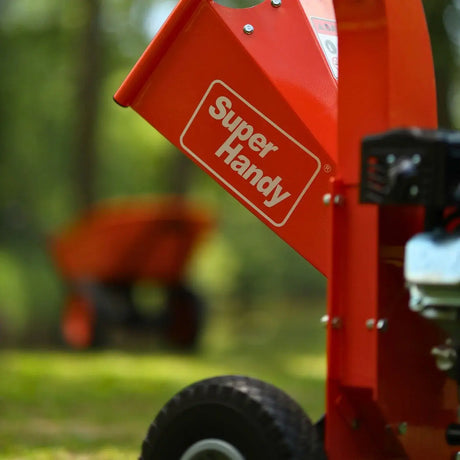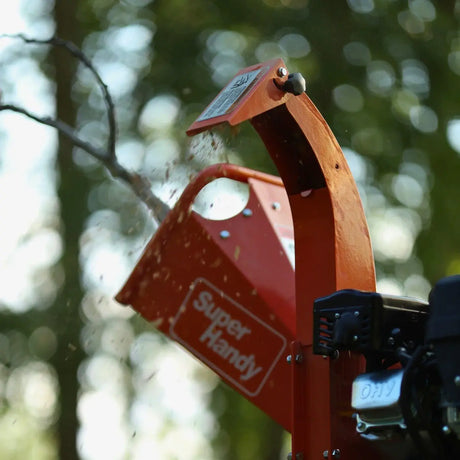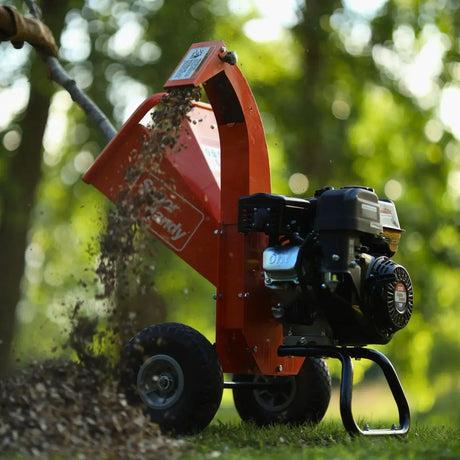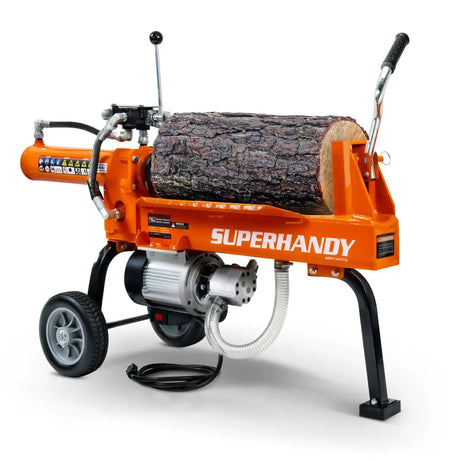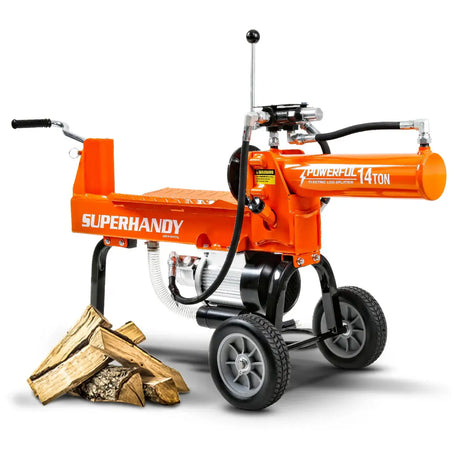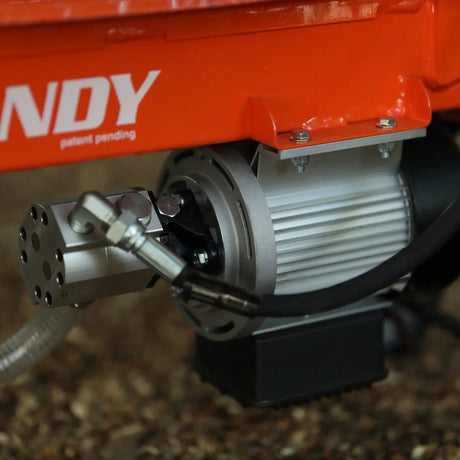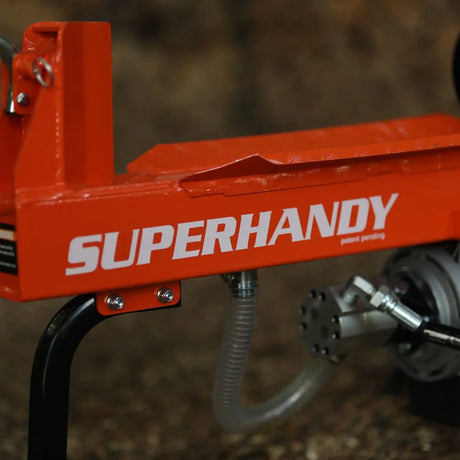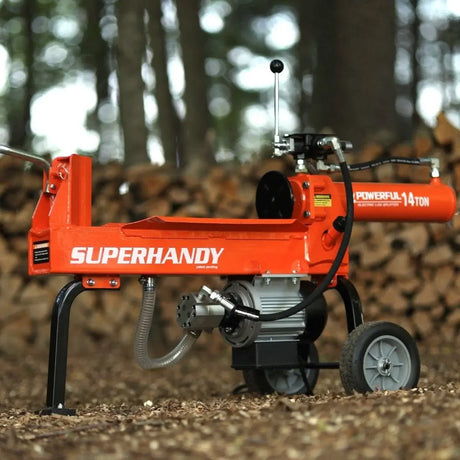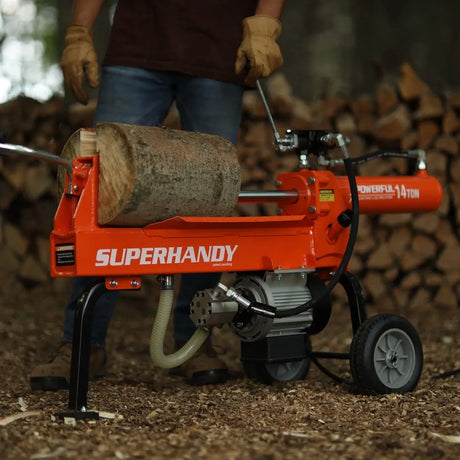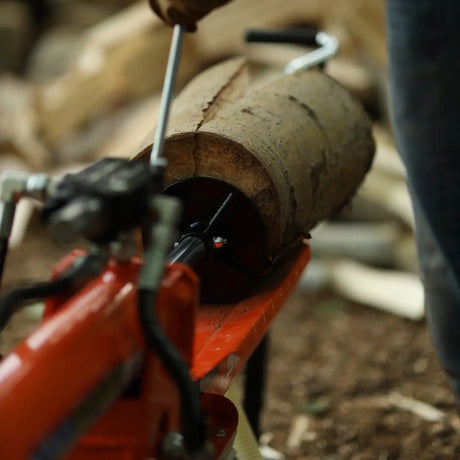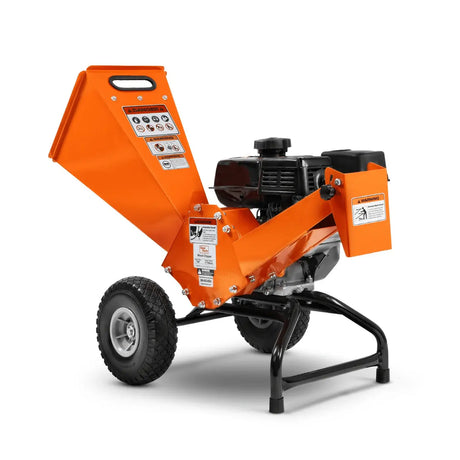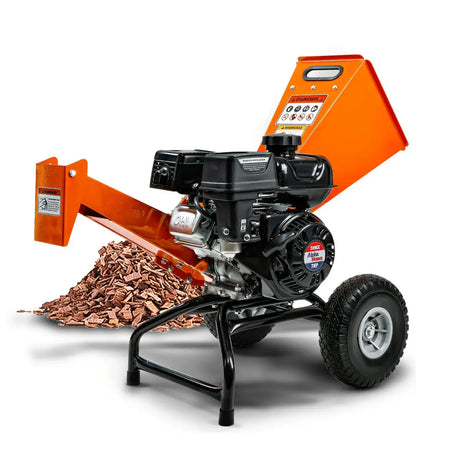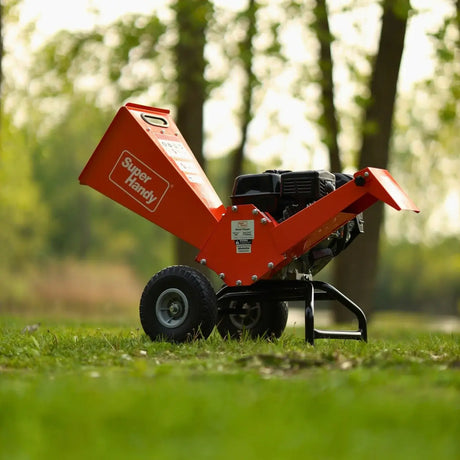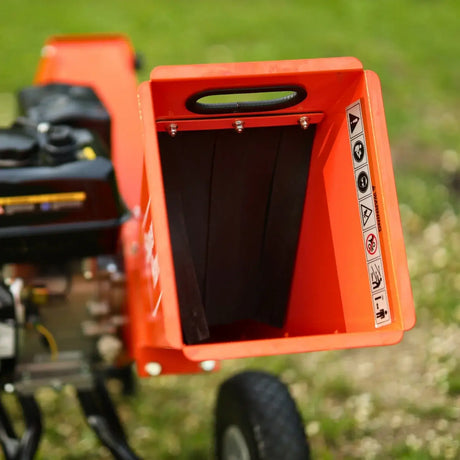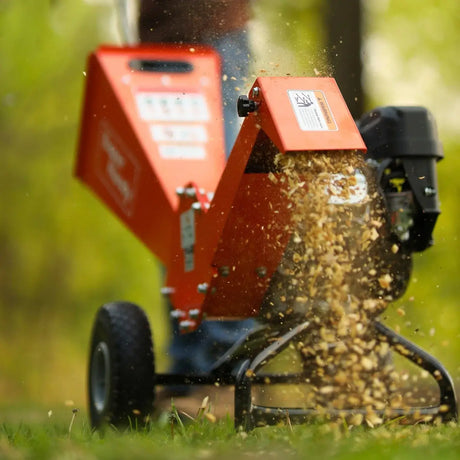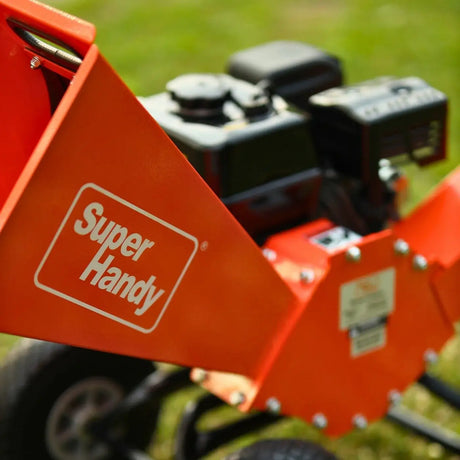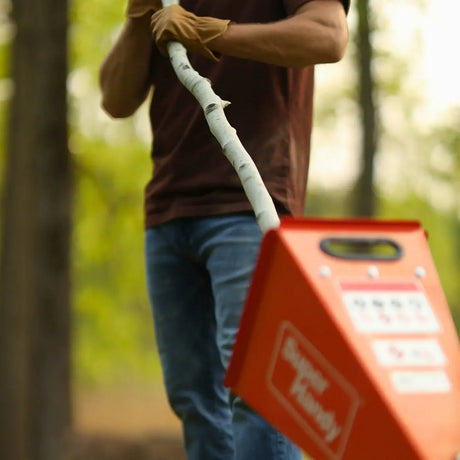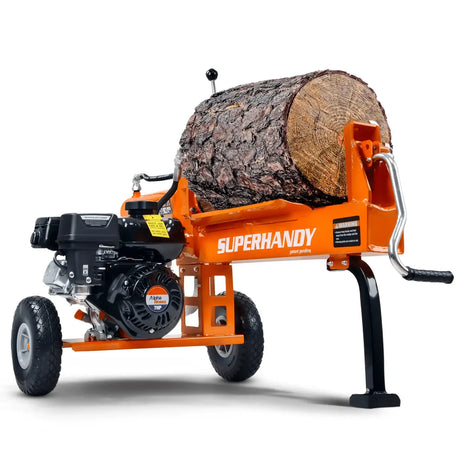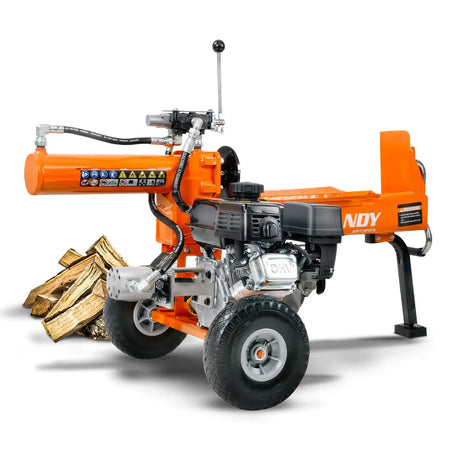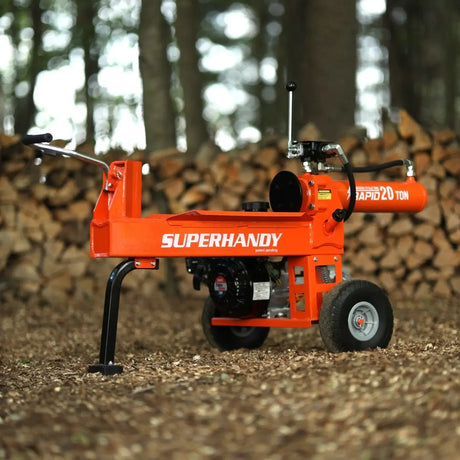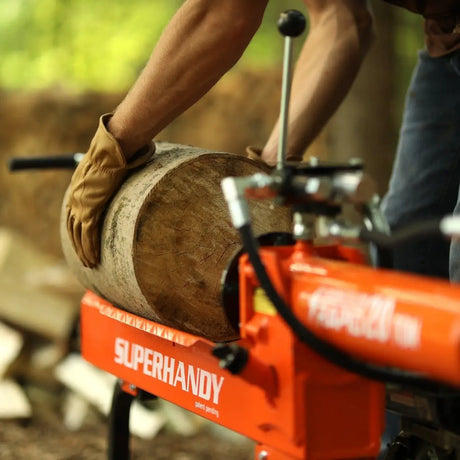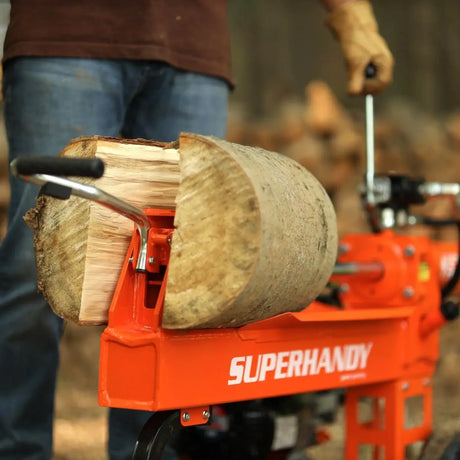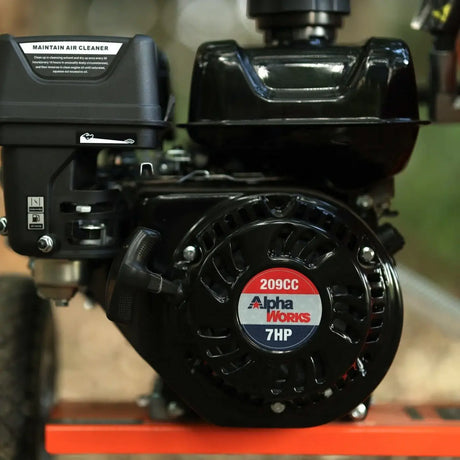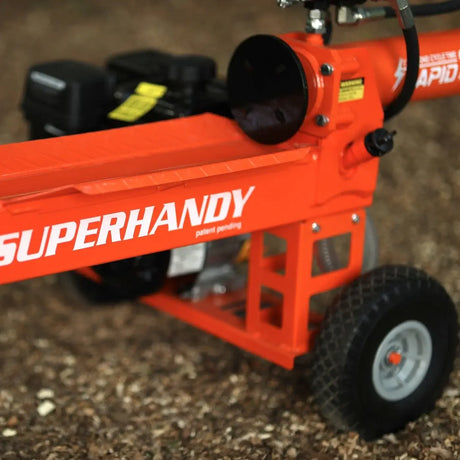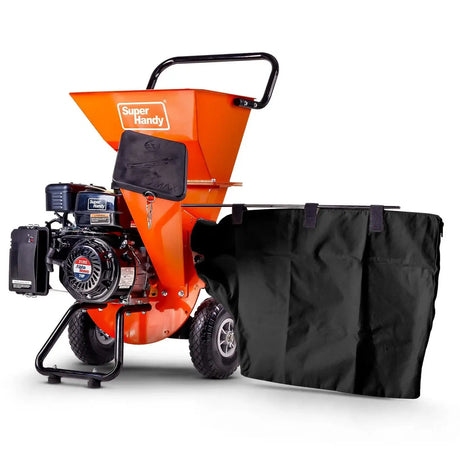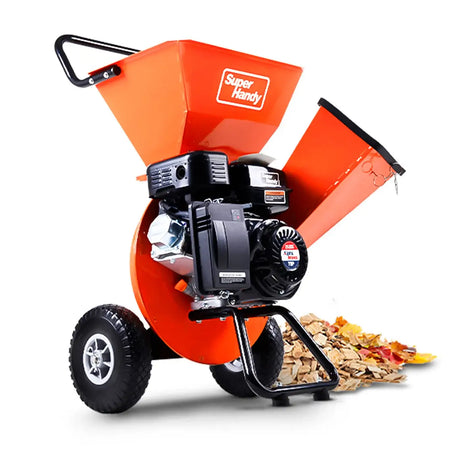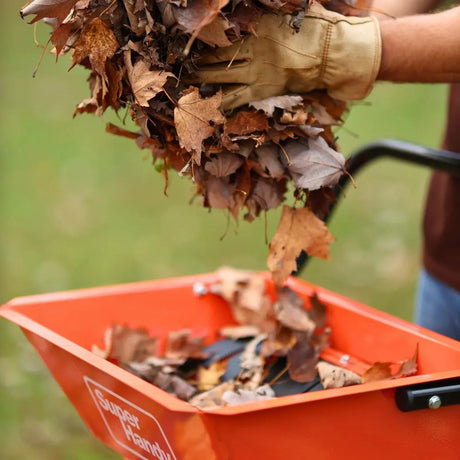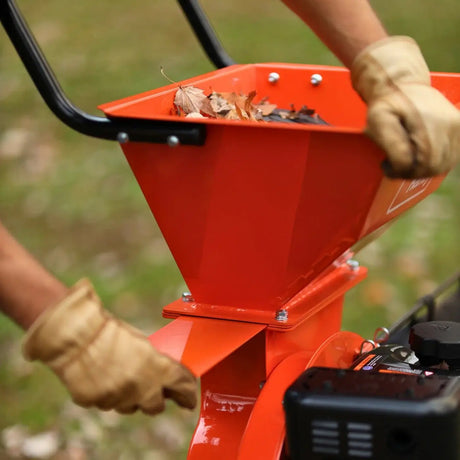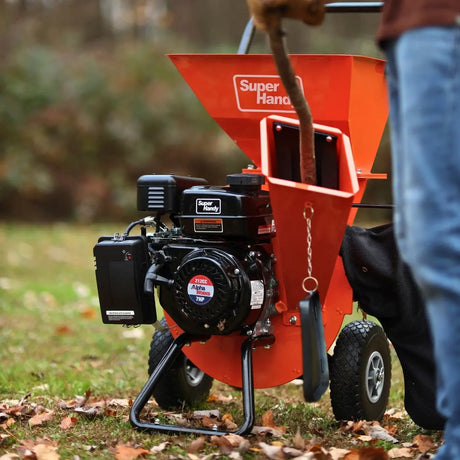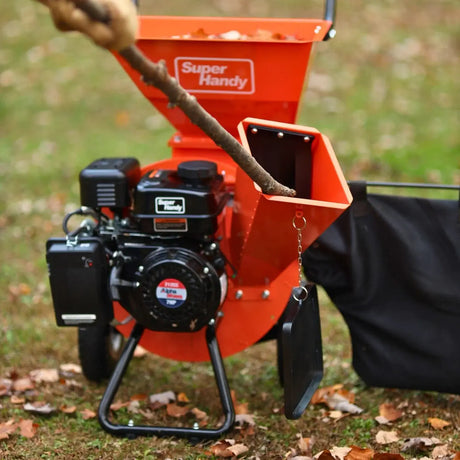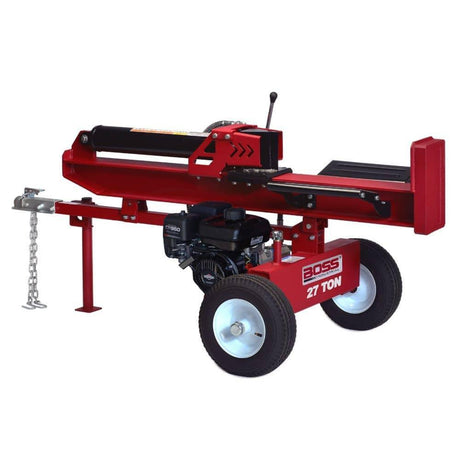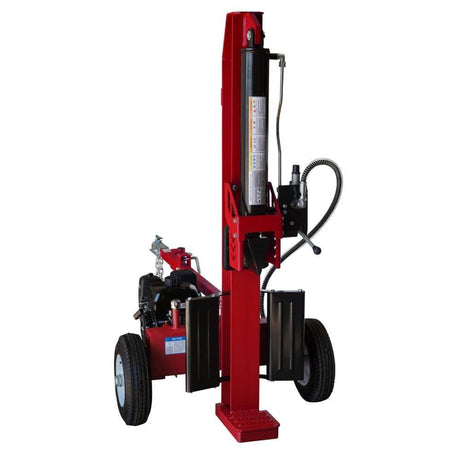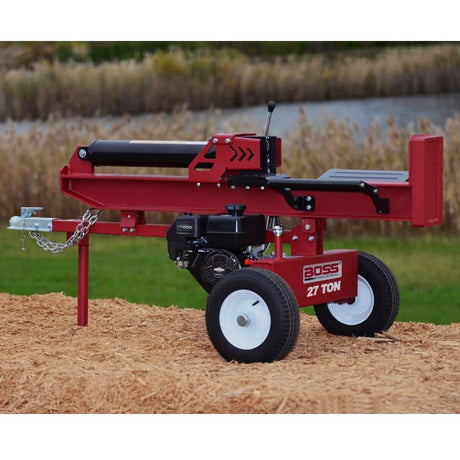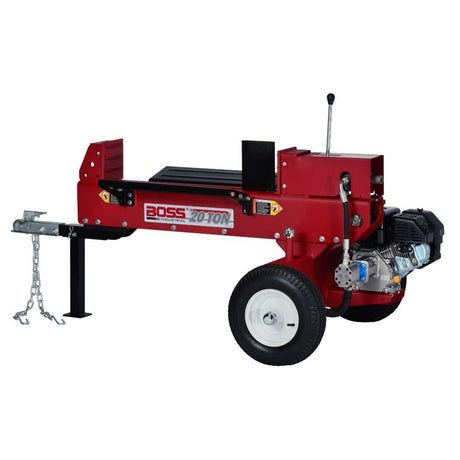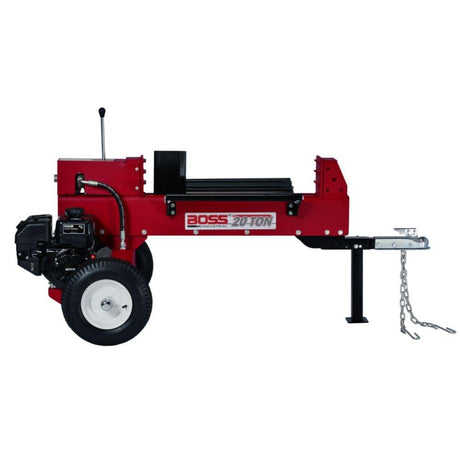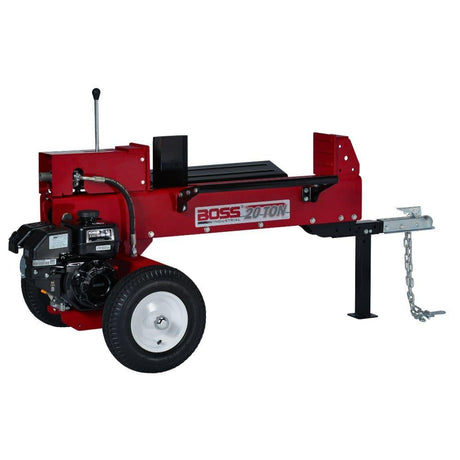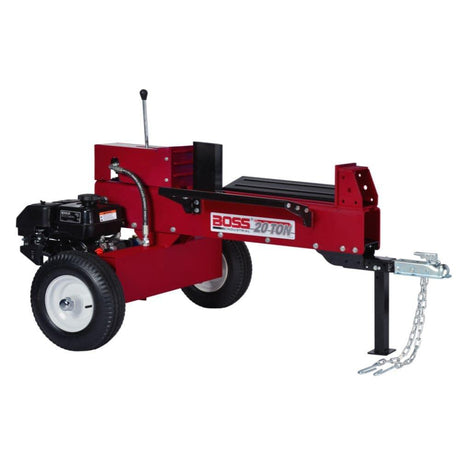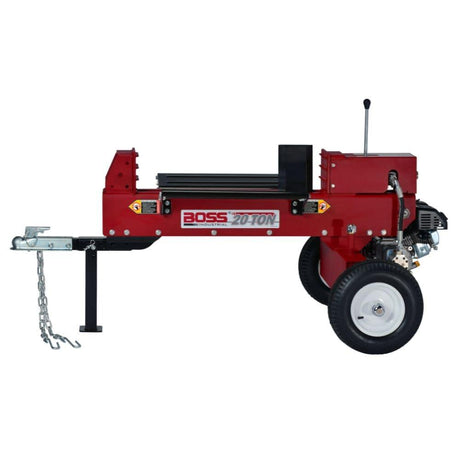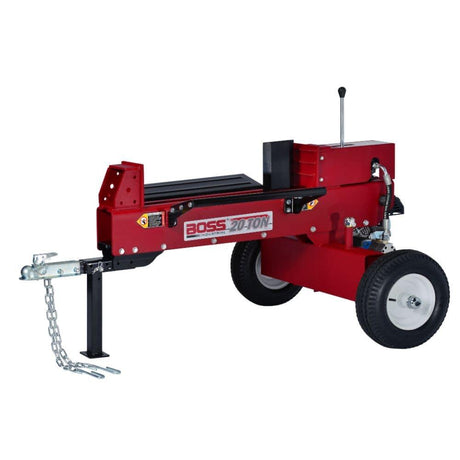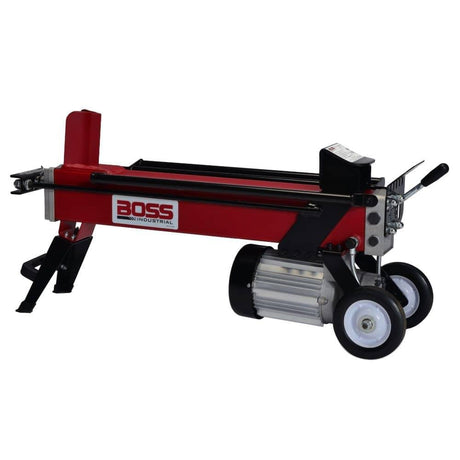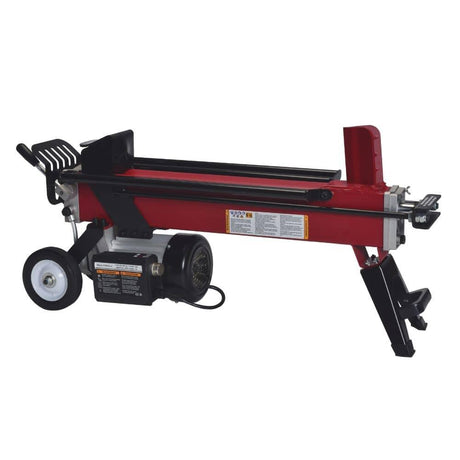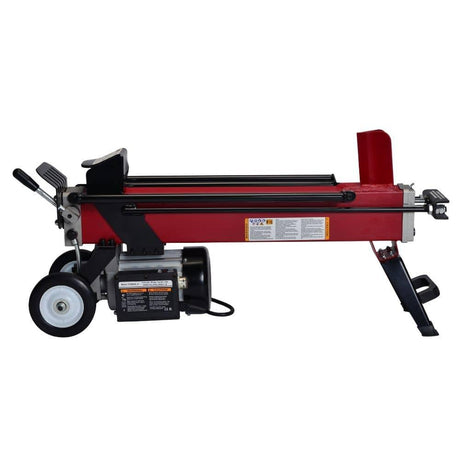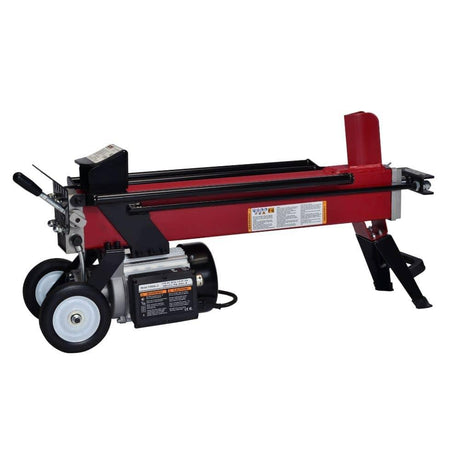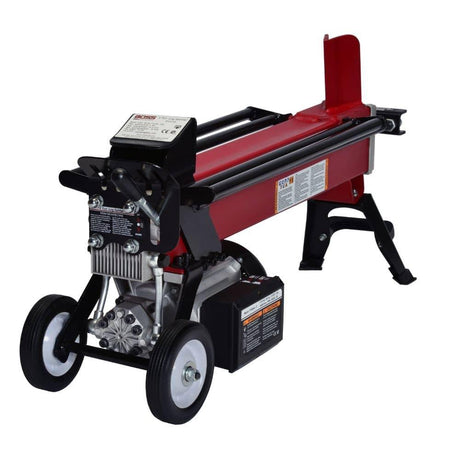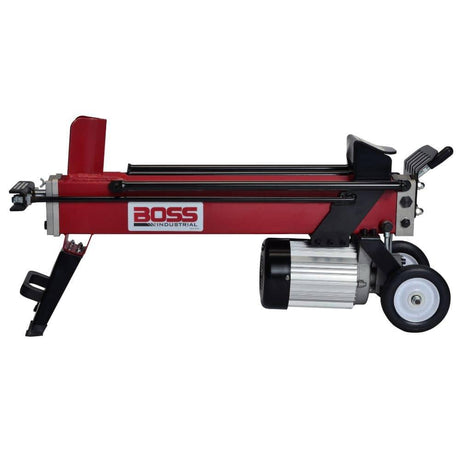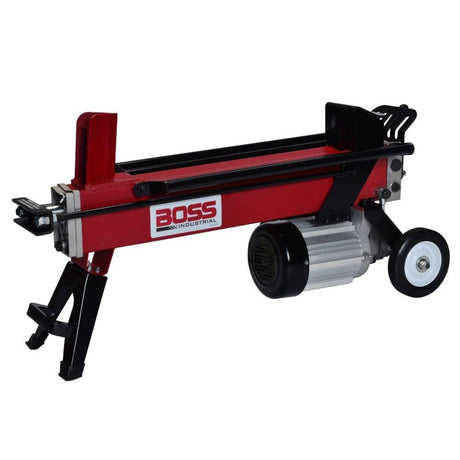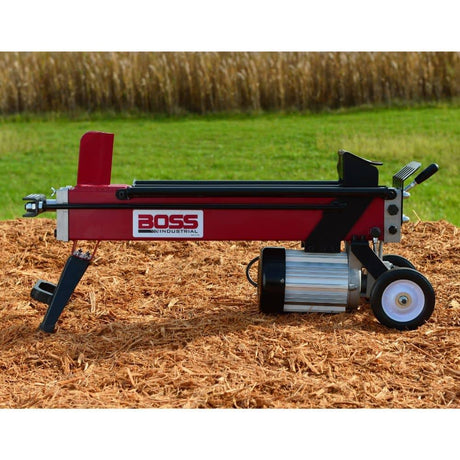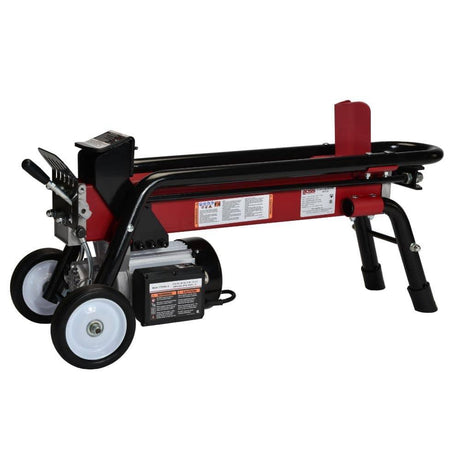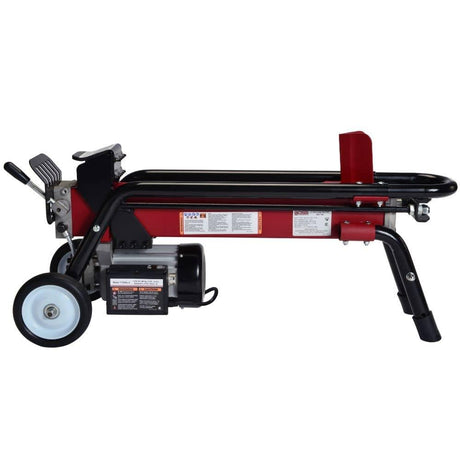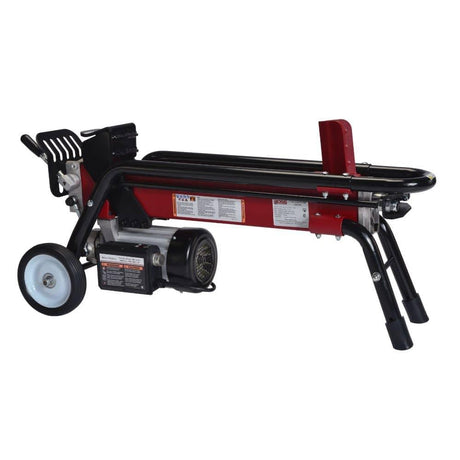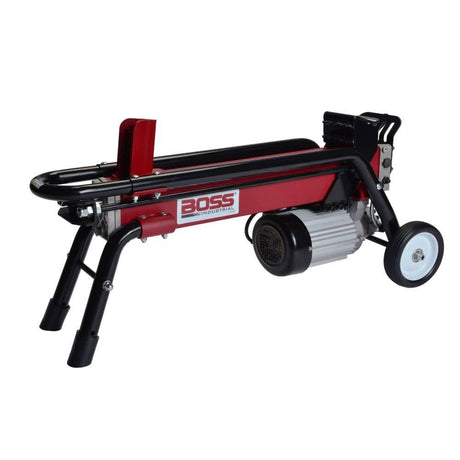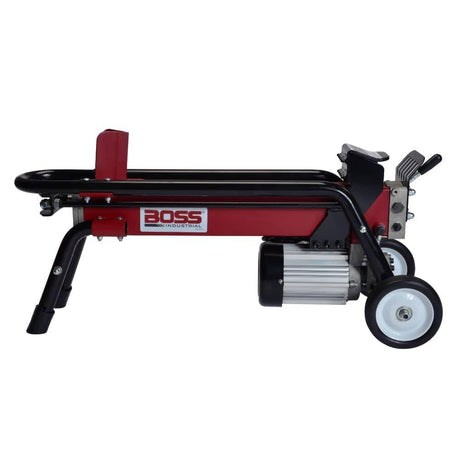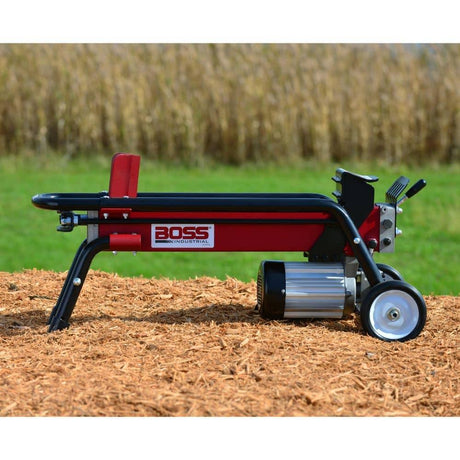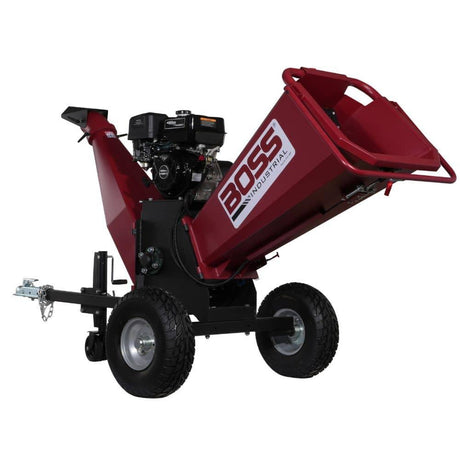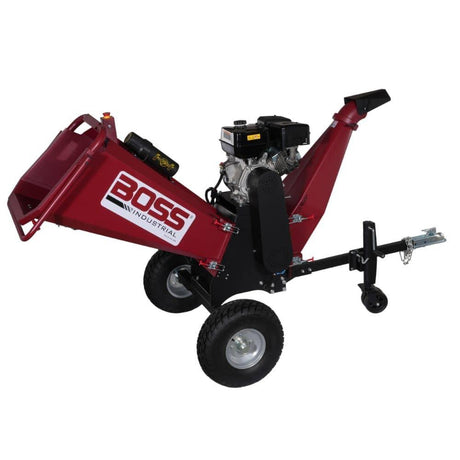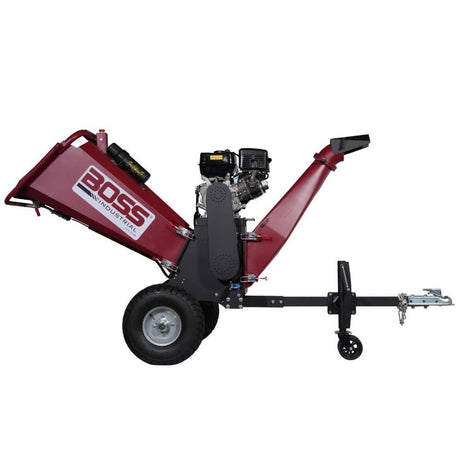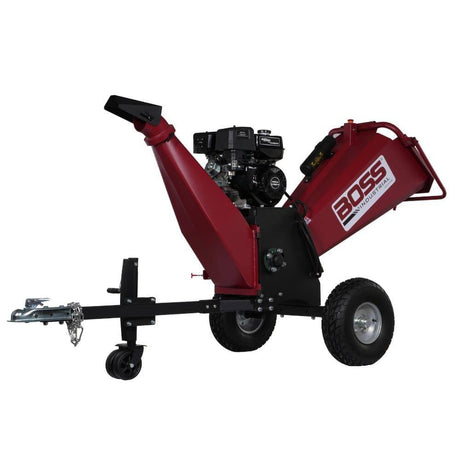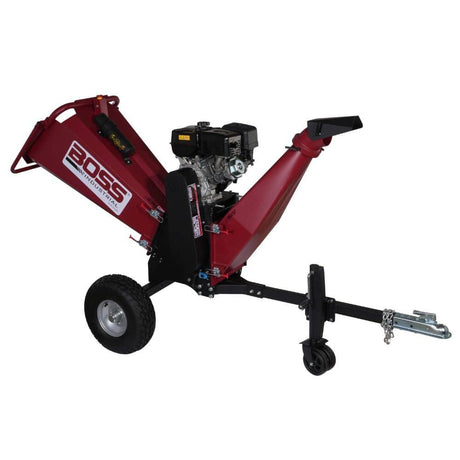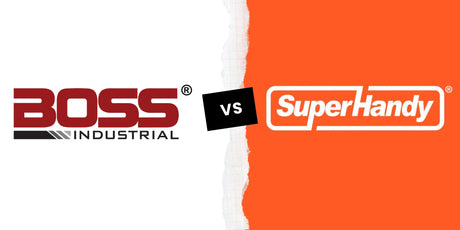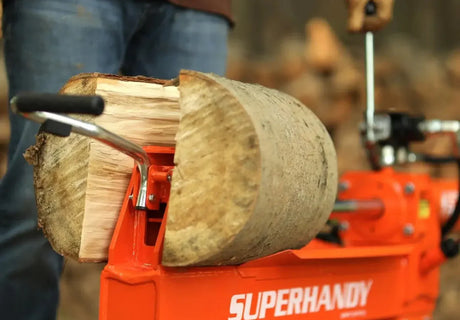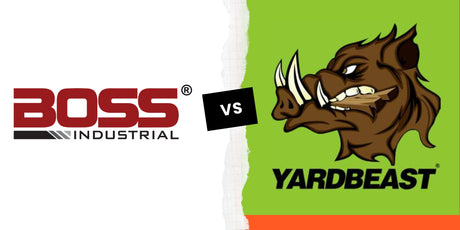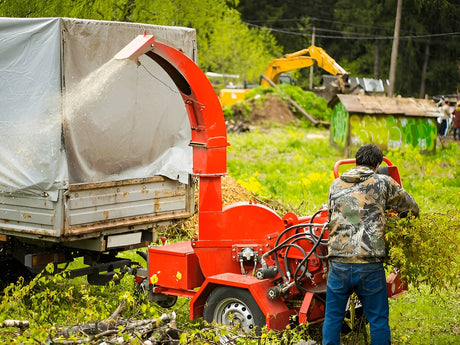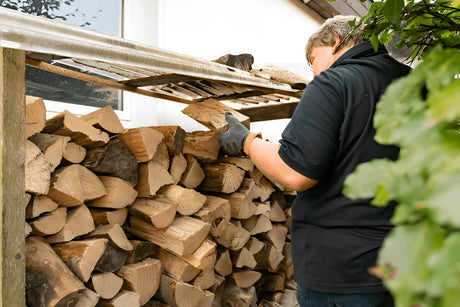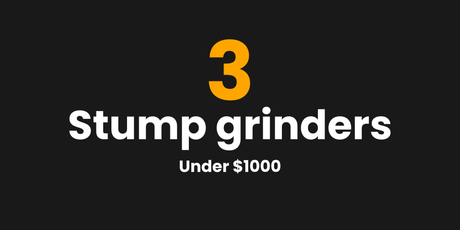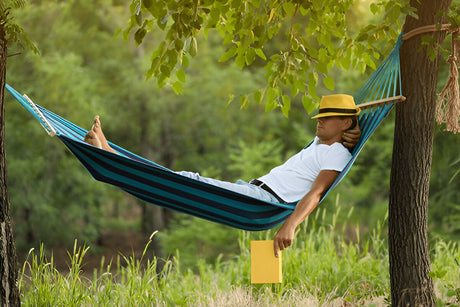If you're heating your home with firewood, one number matters more than you think: BTU.
For a cost-focused take, see our Best Firewood for Heat per Dollar: BTU Output by Tree Species to balance heat and cost effectively.
🧠 What's a BTU?
Think of a BTU (British Thermal Unit) like a tiny unit of heat. It's the amount of energy needed to raise the temperature of one pound of water by one degree Fahrenheit.
Still sounds abstract? Here's the simple version:
- More BTUs = More heat
- Fewer BTUs = Less heat
When you're stacking firewood for winter, high BTU wood means longer, hotter fires-and fewer trips outside.
Key Takeaways
- Hardwoods like Osage Orange, Hickory, and Oak deliver the most BTUs per cord.
- Softwoods like Pine and Aspen burn faster and cooler-best used as kindling.
- Proper seasoning (drying) is essential for achieving peak BTU output.
- Dense woods burn slower and hotter, making them ideal for cold climates or overnight heat.
To master proper seasoning, check out our Firewood Drying Times by Wood Type: Complete Chart for detailed drying timelines.
BTU Output by Wood Species: Heating Efficiency Comparison Table
Here's a breakdown of popular firewood types, sorted by BTU output and weight per cord. Use this as a quick reference when selecting your winter fuel.
| BTU Category | Wood Species | Weight (lbs/cord) | BTU Output (Million BTU/cord) |
|---|---|---|---|
| 🔥 High | Osage Orange (Hedge) | 4728 | 32.9 |
| 🔥 High | Shagbark Hickory | 4327 | 27.7 |
| 🔥 High | Eastern Hornbeam | 4267 | 27.3 |
| 🔥 High | Ironwood | 4016 | 27.1 |
| 🔥 High | Beech (Blue) | 3890 | 26.8 |
| 🔥 High | Black Locust | 3890 | 26.8 |
| 🔥 Medium-High | White Oak | 4012 | 25.7 |
| 🔥 Medium | Sugar Maple | 3757 | 24.0 |
| 🔥 Medium | Red Oak | 3757 | 24.0 |
| 🔥 Medium | Ash (White) | 3689 | 23.6 |
| 🔥 Medium | Cherry | 3120 | 20.0 |
| 🔥 Medium | Black Walnut | 3192 | 20.2 |
| 🔥 Low | Douglas Fir | 2900 | 18.1 |
| 🔥 Low | Pine (Jack, Norway) | 2669 | 17.1 |
| 🔥 Low | Aspen | 2290 | 14.7 |
What This Table Shows
This chart organizes firewood by:
- BTU Output per Cord (heat energy in millions)
- Weight of the Cord (heavier = denser wood = more BTUs)
- Efficiency Tier (High, Medium, or Low)
A cord is a standard firewood measurement (4 ft x 4 ft x 8 ft stack), and while volume stays the same, BTU varies wildly depending on species and moisture.
Real-life takeaway:A cord of Osage Orange might heat your home twice as long as the same volume of Aspen.
How to Use This Data in Real Life
Here's how to make this info useful in the real world:
🔥 1. Choosing Firewood for Your Stove or Fireplace
- Cold climates or overnight burns? Go with high-BTU hardwoods like Hickory, Locust, or Oak.
- Short fires or daytime heat? Medium-BTU woods like Maple or Ash are a great balance.
- Kindling or fast-burning wood? Pine or Fir light quickly, but burn fast.
🪓 2. Matching to Your Tools
- Log splitters: Dense woods require higher tonnage. If you're splitting Osage Orange or Ironwood, you'll need 20+ tons of force.
- Chippers: Softer woods like Pine are easier to chip, but be careful with resin buildup.
❌ 3. Common Mistakes to Avoid
- Burning green wood: You'll waste up to 30% of your heat evaporating moisture.
- Using low-BTU wood as primary fuel: You'll burn more, heat less, and refill constantly.
- Ignoring weight: Two cords can take up the same space but deliver vastly different heat.
If you want to compare moisture and weight, see our Green vs. Seasoned Firewood: BTU and Weight Comparison Chart for an in-depth comparison.
Final Thoughts
If you want efficient heating, pick firewood with a high BTU rating, season it properly, and store it right. It'll pay off in longer burns, less creosote, and lower wood consumption.
Want to explore the best tools for splitting or managing high-BTU hardwoods?👉 Check out our Log Splitter Collection here


